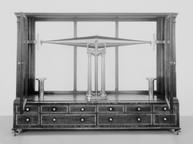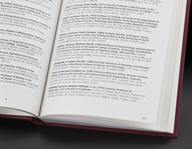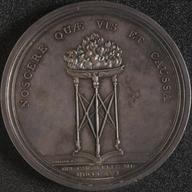

The Royal Society 1660
- occupation:
- Scientific learned society
- Nationality:
- English; British
- born in:
- London, Greater London, England, United Kingdom
1660 - a group of 12 scientists met at Gresham College after a lecture by Christopher Wren and decided to found 'a Colledge for the Promoting of Physico-Mathematicall Experimentall Learning'
1662 - First Royal Charter given by King Charles II
1663 - in the second Royal Charter the Society is referred to as 'The Royal Society of London for Improving Natural Knowledge'
1665 - the first issue of Philosophical Transactions
1666 - following the Great Fire of London, the society moved to Arundel House
1710 - under the Presidency of Isaac Newton, the Society acquired its own home, two houses in Crane Court, off the Strand
1731 - a new rule established that each candidate for election had to be proposed in writing and this written certificate signed by those who supported his candidature
1778 - Sir Joseph Banks elected president
1780 - the Society moved to premises at Somerset House
1847 - the Society decided that Fellows would be elected solely on the merit of their scientific work
1850 - the Government granted to the Society, £1,000 to assist scientists in their research and to buy equipment
1857 - the Society moved to Burlington House in Piccadilly
1967 - the Society moved to its present location on Carlton House Terrace, London
2010 - the Society acquired Chicheley Hall in Buckinghamshire, which was transformed into Kavli Royal Society International Centre which will provide a prestigious residential centre for holding internationally significant scientific conferences and offering opportunities for concentrated academic reflection.









